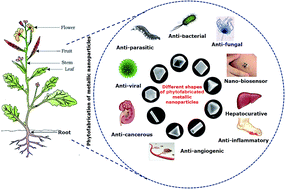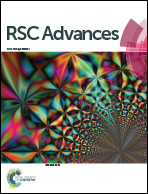Phytofabricated metallic nanoparticles and their clinical applications
Abstract
Metallic nanoparticles (MNPs) have seen myriad applications in various fields of science and technology. Green chemistry based NP synthesis offers several advantages over conventional approaches. In addition to being inexpensive, the biological approach is a facile, rapid, and environmentally benign method to synthesize NPs. Characterization of NPs is generally based on their dimension, surface area, and dispersity and the most common techniques used for the purpose are UV-Vis, DLS, AFM, SEM, FTIR, XRD, TEM, Raman spectroscopy, etc. These techniques are considered very useful as they provide valuable information which helps these materials to be used for diverse biological and environmental applications. Until now, numerous plant sources have been utilized to generate copious MNPs, such as silver, gold, copper, titanium, platinum, palladium, zinc, and iron NP. Among these MNPs, the noble ones have attracted significant researchers' attention because they are non-corrosive and resistant to oxidation in moist air. They have been useful in providing remedies with less or no adverse effects for several acute diseases like cancer, malaria, HIV, and hepatitis. Herein, we present a systematic review, focusing on phytofabricated MNPs and their wide range of applications, such as sensors, diagnostics and therapeutics, antimicrobial agents, anti-inflammatory agents, cancer treatment, etc.


 Please wait while we load your content...
Please wait while we load your content...